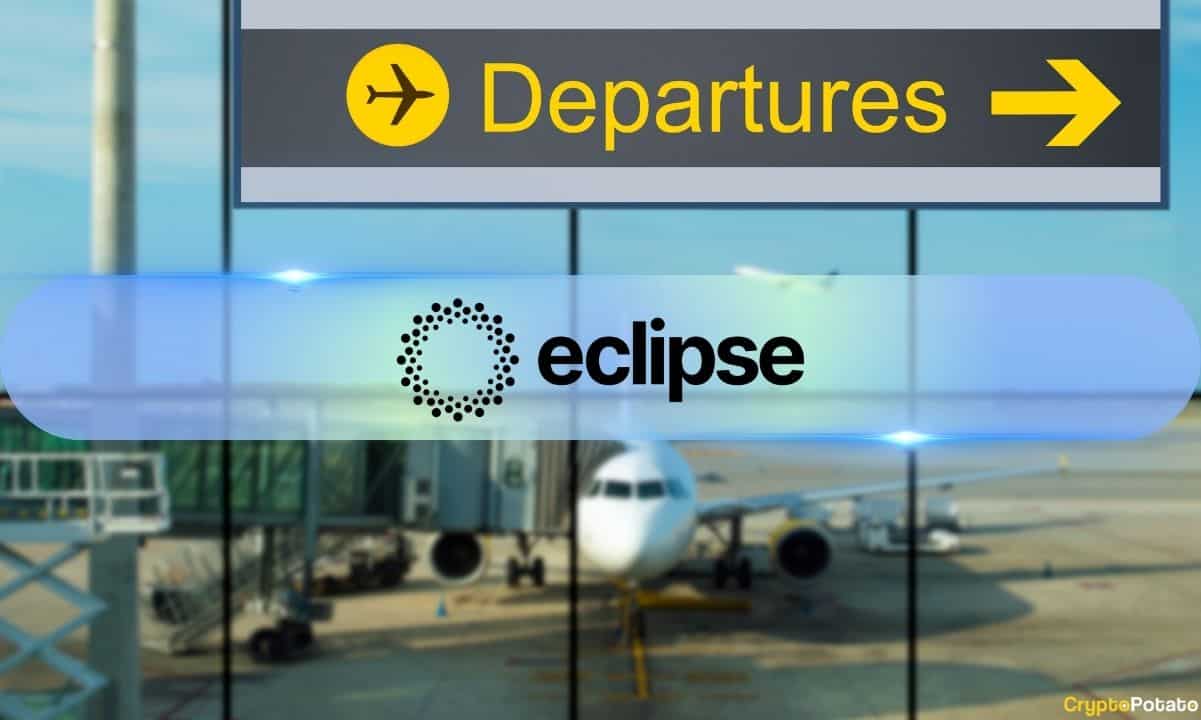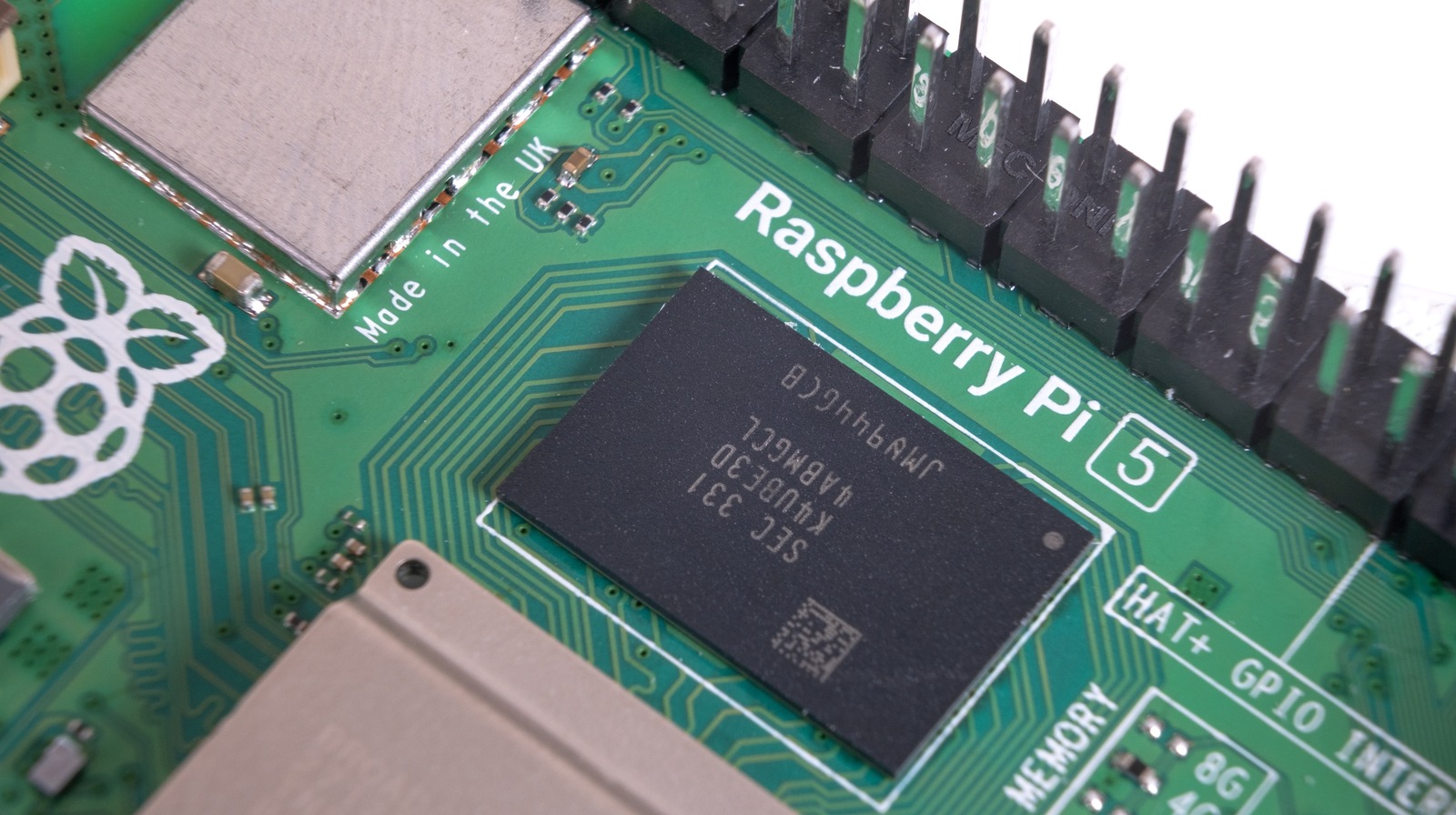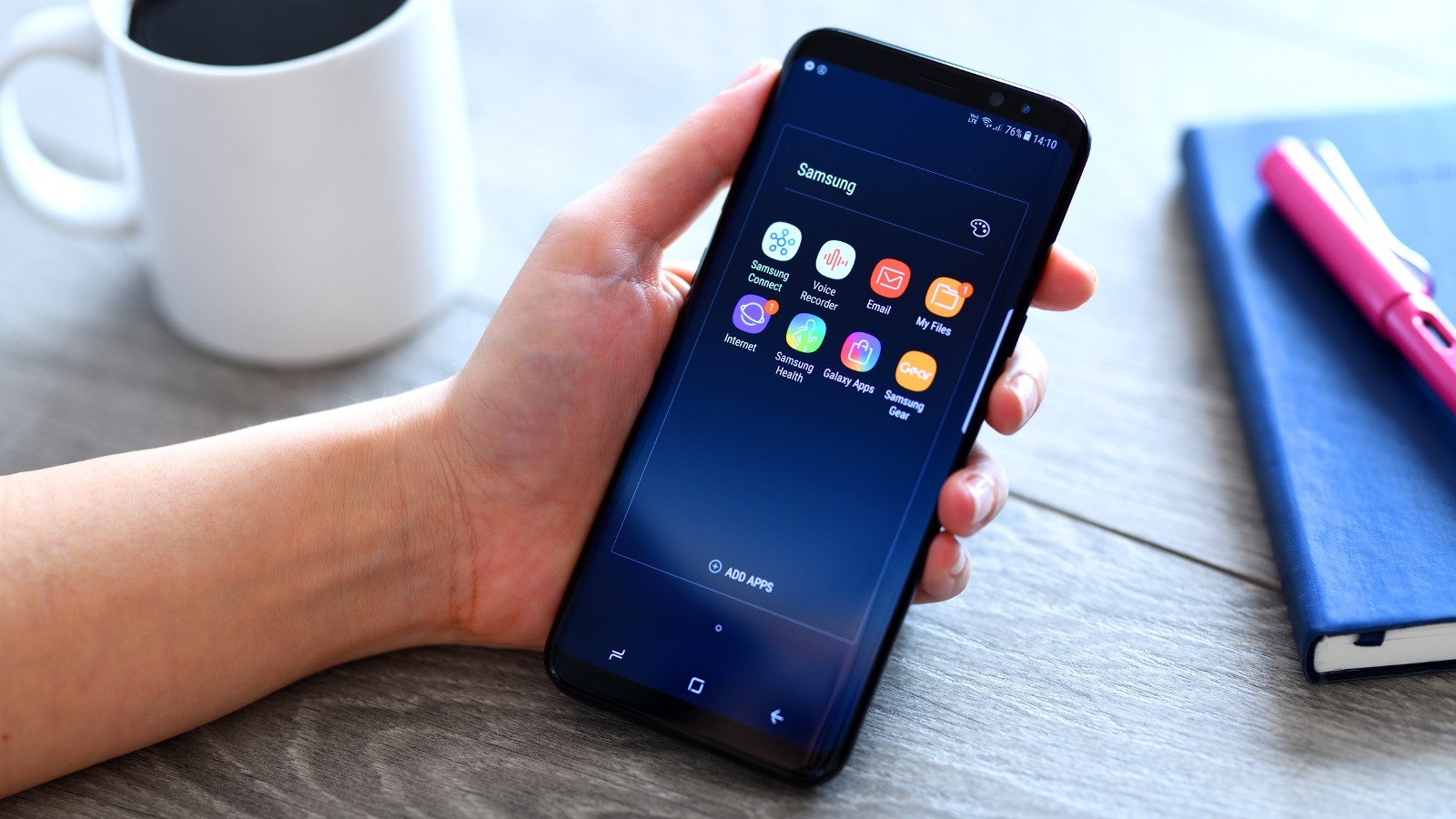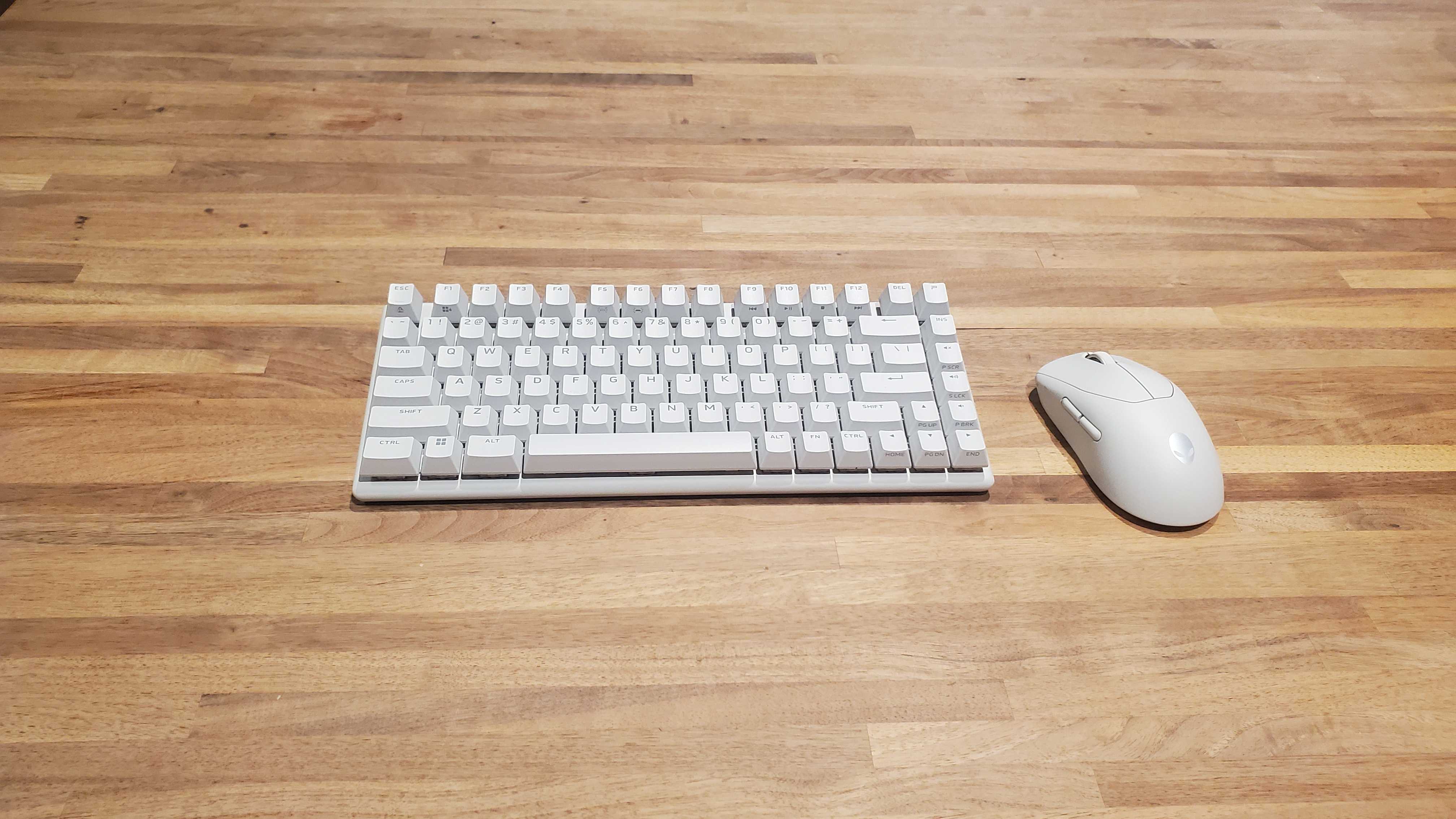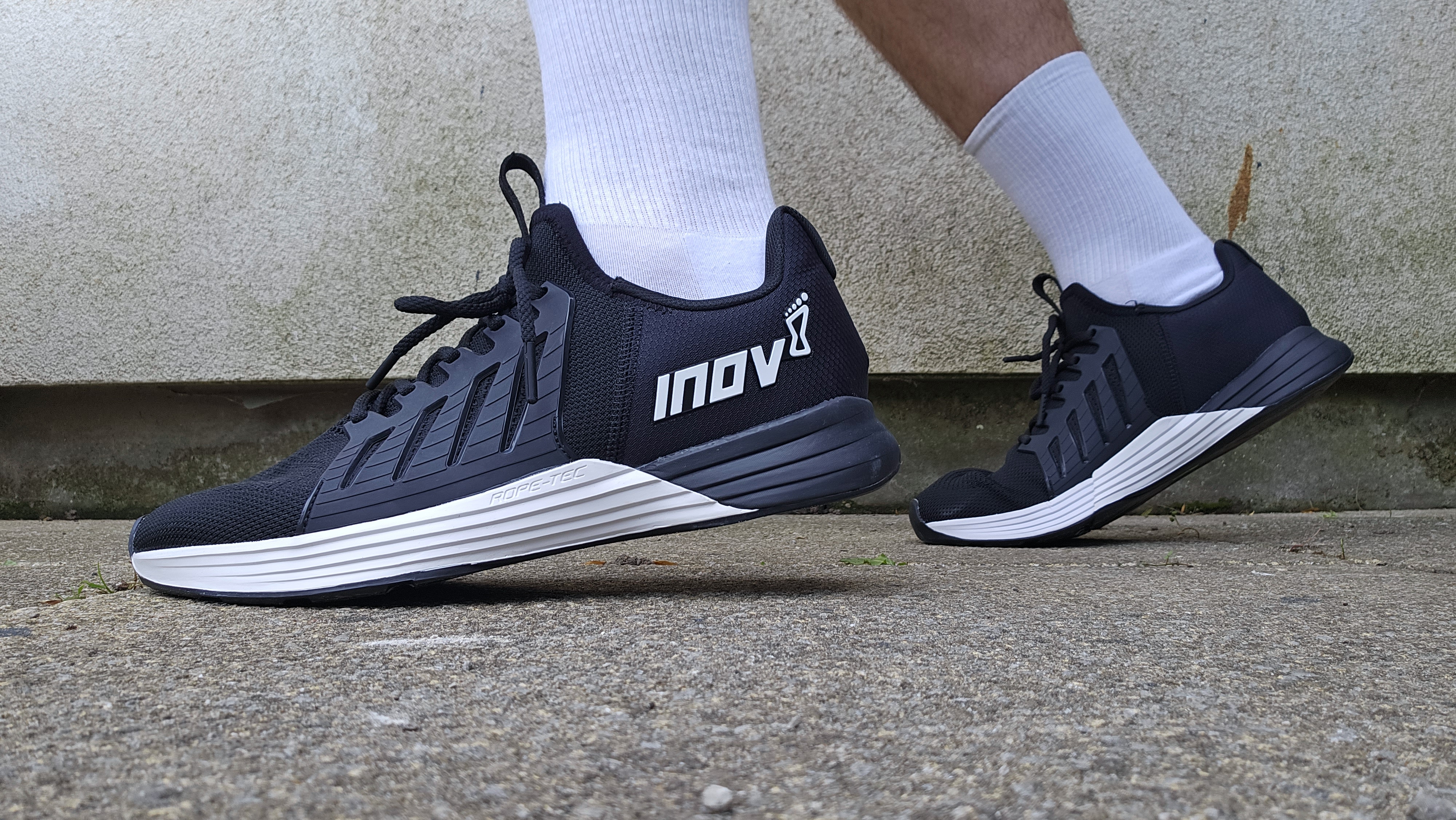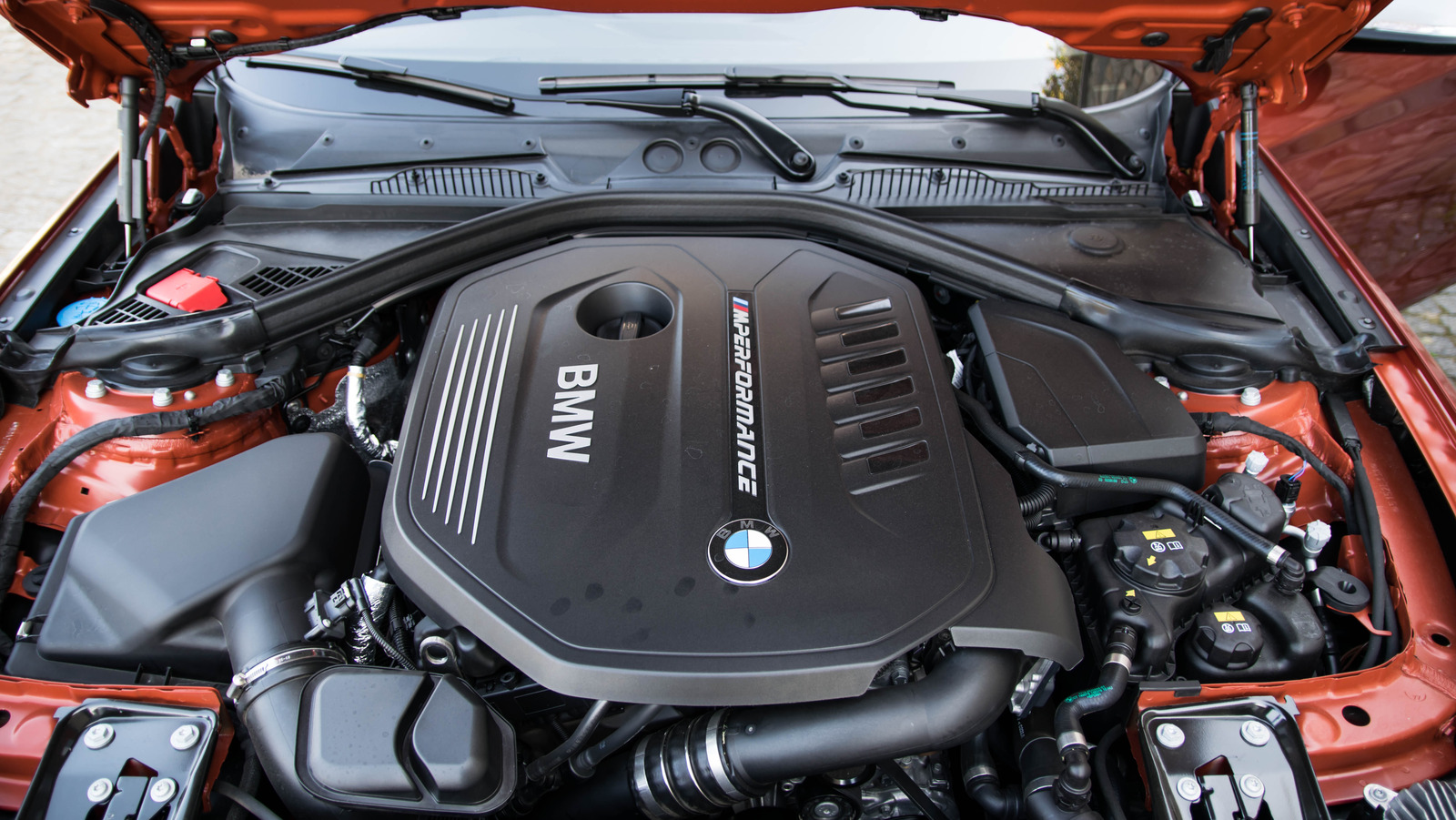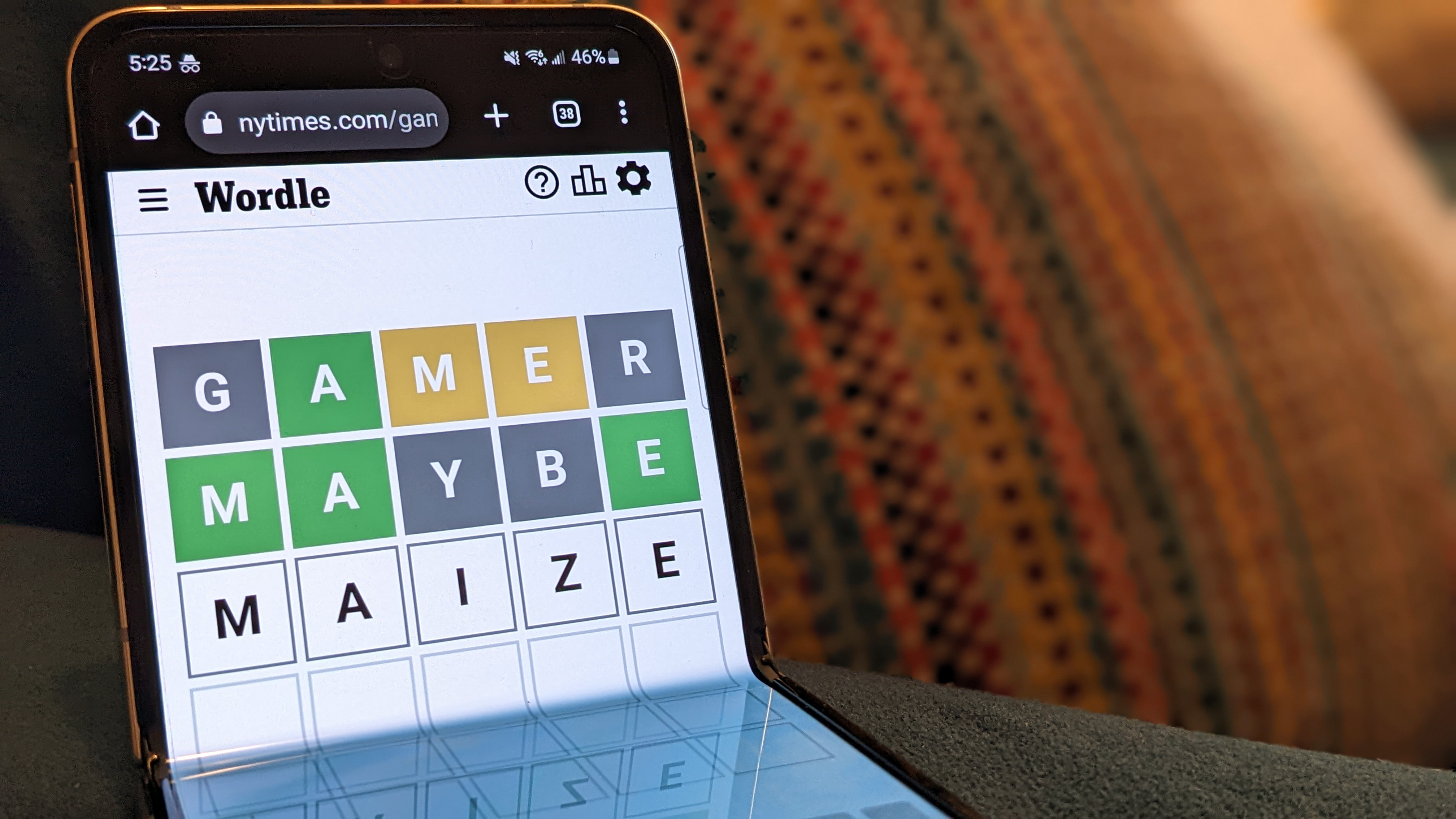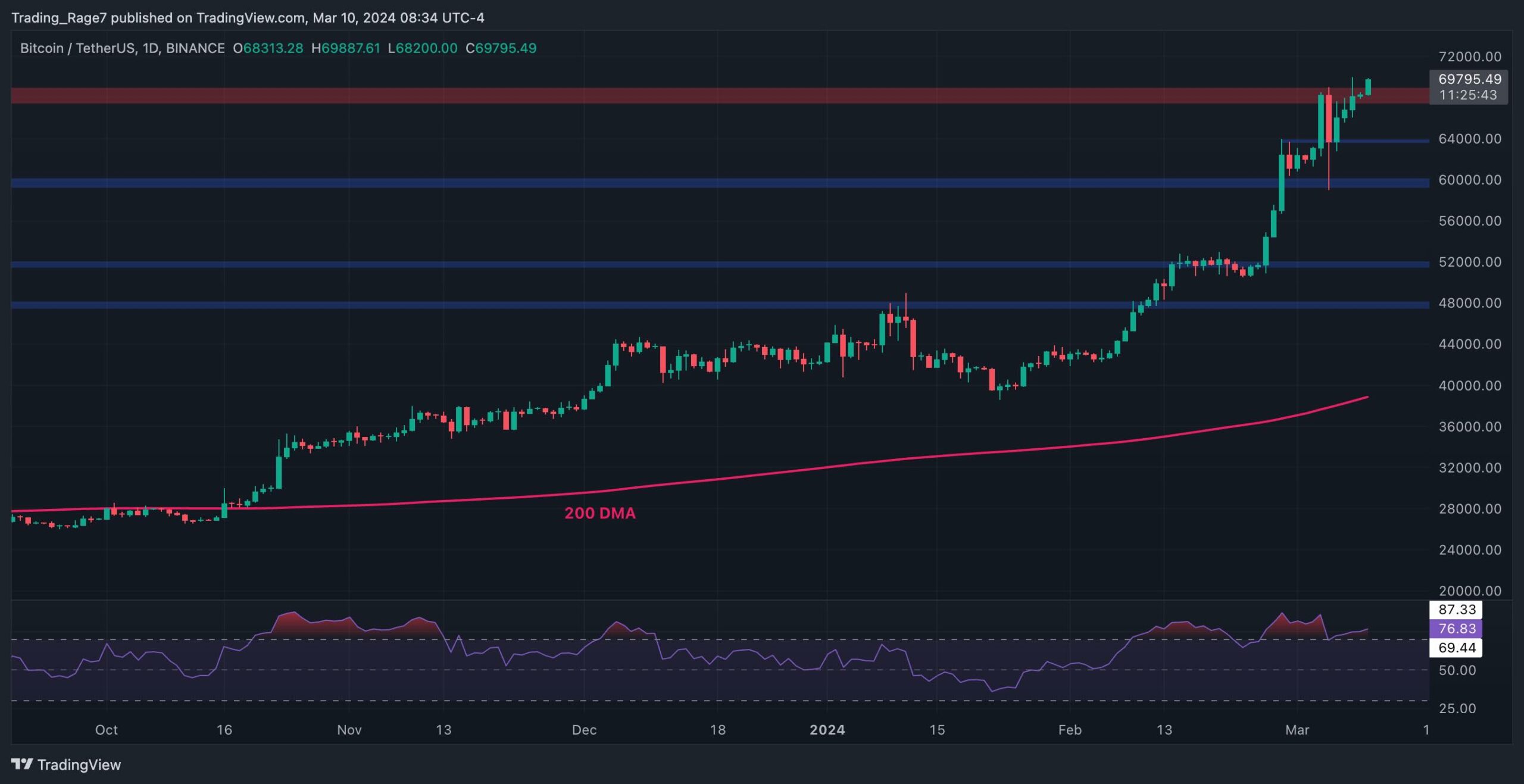The OnePlus 12R is a $500 phone with flagship tendencies
Time for Samsung and Google to make some room in the midrange. Choice is a beautiful thing. The OnePlus 12R has just arrived in the US, and not a moment too soon. It’s the first $500 smartphone we’ve seen in a while that gives the Samsung Galaxy A54 and Google Pixel 7A any serious competition. Each of these devices is a slightly different answer to the same questions: What’s absolutely essential in a phone? What do you keep when you can’t have it all? Maybe you can’t live without wireless charging, or you want thorough water resistance and a big screen, or you want a high-end processor so the phone feels faster for longer. Guess what? You’ve got choices now! You can afford to be picky with more options on the table. It all starts with the screen. The OnePlus 12R comes with a 6.78-inch display, bigger than the 6.1-inch Pixel 7A and 6.4-inch Galaxy A54 screens. Resolution is slightly higher than 1080p, which feels like just enough pixels to cover such a massive display. It offers a maximum refresh rate of 120Hz, and it uses a technology called low-temperature polycrystalline oxide, or LTPO, to downshift all the way to 1Hz. Other high refresh rate screens on budget phones shift between a couple of settings, like 60 and 90Hz. LTPO panels are much more common among flagship phones, and they offer a truly variable refresh rate, which saves on battery life. The screen maximum brightness of 4,500 nits sounds absolutely eye-searing since most phone screens top out between 1,000 and 2,000 nits. And it does get bright in direct sunlight, but because of the way we measure such things, it’s not as fantastically bright as it sounds. In any case, it’s enough to keep the screen comfortable to use outdoors in sunny conditions, which is also rare in a budget phone. A great screen is one of the OnePlus 12R’s highlights. I did notice a strange screen flicker on a handful of occasions. It happened maybe once a day, and it’s just a fleeting thing. I asked OnePlus about this behavior, and spokesperson Spenser Blank told me it was the first he’d heard of it. It’s an unusual little bug on an otherwise great display. Under the hood, the 12R comes with last year’s flagship chipset: the Snapdragon 8 Gen 2, along with 8 or 16GB of RAM. The 8 Gen 2 is an absolute unit that powered just about every one of last year’s $1,000 Android flagships, and I had no problem cutting through daily chores and even a few rapid-fire portrait mode photos. Using last year’s chip is a smart move, kind of like buying a high-end coat at an end-of-season sale. It’s not the very latest, but it’s still a damn good coat. Design and software The flagship vibes carry through to the overall build. The 12R offers a sturdy aluminum frame in a price range where composite plastic is pretty common. The back panel is glass, and the front panel is Gorilla Glass Victus 2 — all very nice and high end. But here’s the less encouraging news: the 12R comes with an IP64 rating, so while it’s totally dustproof, it’s only resistant to water spray and splashes. The Pixel 7A and Galaxy A54 both come with IP67 ratings, meaning they’re built to withstand brief water immersion like a brief dip in a puddle or (god forbid) a toilet bowl. The 12R absolutely looks and feels the part of a high-end phone, but under unfortunate circumstances, it might not fare as well as one. Long live the alert slider Long live the alert slider: OnePlus’ signature three-stage mute switch is alive and well on the 12R. It’s a handy way to turn your volume on to watch a TikTok and quickly turn it off again, and I appreciate it. I’m less keen on the phone’s curved edges — sometimes a menu option sort of disappears off the side of the screen, and I feel like I’m tapping on the side of the phone to reach it. Plus, they make the phone feel a little more slippery in your hand. This is personal preference, but flat edges on phones are making a comeback lately, and I’m here for it. The OnePlus 12R’s curved edges look sleek, but they can be a pain to deal with. Something else that’s not so nice? No wireless charging. The OnePlus 12R supports very fast wired charging — up to 80W for the US version. Wireless charging isn’t all that common in $500 phones, but the Pixel 7A has it. It’s not a must-have for everyone, but I would personally rather have the flexibility of wireless charging than fast wired charging. The OnePlus 12R ships with the company’s take on Android 14, OxygenOS 14. It’s straightforward and doesn’t require as much rejiggering as Samsung’s One UI to live with it peacefully. The company says the 12R will get three years of OS upgrades and four years of security support — not a class-leading support policy but enough to last as long as most people will want to hang onto this phone. Camera and image quality If you don’t push it too hard, the OnePlus 12R’s camera turns in very nice images. The stabilized 50-megapixel main camera’s standard 1x shooting mode produces nice, detailed images with rich col
/cdn.vox-cdn.com/uploads/chorus_asset/file/25287583/DSC06615.jpg)
Time for Samsung and Google to make some room in the midrange.
Choice is a beautiful thing.
The OnePlus 12R has just arrived in the US, and not a moment too soon. It’s the first $500 smartphone we’ve seen in a while that gives the Samsung Galaxy A54 and Google Pixel 7A any serious competition.
Each of these devices is a slightly different answer to the same questions: What’s absolutely essential in a phone? What do you keep when you can’t have it all? Maybe you can’t live without wireless charging, or you want thorough water resistance and a big screen, or you want a high-end processor so the phone feels faster for longer. Guess what? You’ve got choices now! You can afford to be picky with more options on the table.
It all starts with the screen. The OnePlus 12R comes with a 6.78-inch display, bigger than the 6.1-inch Pixel 7A and 6.4-inch Galaxy A54 screens. Resolution is slightly higher than 1080p, which feels like just enough pixels to cover such a massive display. It offers a maximum refresh rate of 120Hz, and it uses a technology called low-temperature polycrystalline oxide, or LTPO, to downshift all the way to 1Hz. Other high refresh rate screens on budget phones shift between a couple of settings, like 60 and 90Hz. LTPO panels are much more common among flagship phones, and they offer a truly variable refresh rate, which saves on battery life.
The screen maximum brightness of 4,500 nits sounds absolutely eye-searing since most phone screens top out between 1,000 and 2,000 nits. And it does get bright in direct sunlight, but because of the way we measure such things, it’s not as fantastically bright as it sounds. In any case, it’s enough to keep the screen comfortable to use outdoors in sunny conditions, which is also rare in a budget phone.
/cdn.vox-cdn.com/uploads/chorus_asset/file/25287584/DSC06626.jpg)
I did notice a strange screen flicker on a handful of occasions. It happened maybe once a day, and it’s just a fleeting thing. I asked OnePlus about this behavior, and spokesperson Spenser Blank told me it was the first he’d heard of it. It’s an unusual little bug on an otherwise great display.
Under the hood, the 12R comes with last year’s flagship chipset: the Snapdragon 8 Gen 2, along with 8 or 16GB of RAM. The 8 Gen 2 is an absolute unit that powered just about every one of last year’s $1,000 Android flagships, and I had no problem cutting through daily chores and even a few rapid-fire portrait mode photos. Using last year’s chip is a smart move, kind of like buying a high-end coat at an end-of-season sale. It’s not the very latest, but it’s still a damn good coat.
Design and software
The flagship vibes carry through to the overall build. The 12R offers a sturdy aluminum frame in a price range where composite plastic is pretty common. The back panel is glass, and the front panel is Gorilla Glass Victus 2 — all very nice and high end. But here’s the less encouraging news: the 12R comes with an IP64 rating, so while it’s totally dustproof, it’s only resistant to water spray and splashes.
The Pixel 7A and Galaxy A54 both come with IP67 ratings, meaning they’re built to withstand brief water immersion like a brief dip in a puddle or (god forbid) a toilet bowl. The 12R absolutely looks and feels the part of a high-end phone, but under unfortunate circumstances, it might not fare as well as one.
Long live the alert slider: OnePlus’ signature three-stage mute switch is alive and well on the 12R. It’s a handy way to turn your volume on to watch a TikTok and quickly turn it off again, and I appreciate it.
I’m less keen on the phone’s curved edges — sometimes a menu option sort of disappears off the side of the screen, and I feel like I’m tapping on the side of the phone to reach it. Plus, they make the phone feel a little more slippery in your hand. This is personal preference, but flat edges on phones are making a comeback lately, and I’m here for it.
/cdn.vox-cdn.com/uploads/chorus_asset/file/25288146/DSC06649.jpg)
Something else that’s not so nice? No wireless charging. The OnePlus 12R supports very fast wired charging — up to 80W for the US version. Wireless charging isn’t all that common in $500 phones, but the Pixel 7A has it. It’s not a must-have for everyone, but I would personally rather have the flexibility of wireless charging than fast wired charging.
The OnePlus 12R ships with the company’s take on Android 14, OxygenOS 14. It’s straightforward and doesn’t require as much rejiggering as Samsung’s One UI to live with it peacefully. The company says the 12R will get three years of OS upgrades and four years of security support — not a class-leading support policy but enough to last as long as most people will want to hang onto this phone.
Camera and image quality
If you don’t push it too hard, the OnePlus 12R’s camera turns in very nice images. The stabilized 50-megapixel main camera’s standard 1x shooting mode produces nice, detailed images with rich colors. The 2x setting is surprisingly capable considering it’s just digital zoom — not lossless crop zoom.
I used it in dim indoor lighting, and it managed some sharp photos of my kid and his friend preparing to sauté a Beanie Baby on a play kitchen stove. (No Beanie Babies were harmed.) Despite the lighting conditions, the system kept shutter speeds fast enough to freeze the action, which is no small feat for a phone camera.
The 12R gets out over its skis at the 5x zoom setting, though. Even in plentiful outdoor light, photos look like a smeary mess of up-rezzed digital zoom processing. Portrait mode is surprisingly capable, and wisely, OnePlus limits you to the 1x zoom setting here.
There’s a pointless two-megapixel macro camera that I’m convinced OnePlus only included to round out the number of lenses on the rear camera bump. Video recording is just fine for casual clips — 1080/30p is the default, but you can bump that up to 4K/30p without a noticeable crop.
/cdn.vox-cdn.com/uploads/chorus_asset/file/25287586/DSC06640.jpg)
The OnePlus 12R is a sorely needed midrange contender in the US. It’s lacking some features you can find on its peers, like wireless charging and a beefier water resistance rating, but it brings enough to the table that it’s a legitimate alternative to the Pixel and Galaxy options.
You won’t find another screen this big and this nice on a $500 phone sold in the US, for starters. Overall build quality is right up there with the best, even if the curved edges aren’t my favorite. Opting for Qualcomm’s previous-gen flagship chipset is a smart move, too. I like its long-term prospects better than the Tensor and Exynos chips in the competition.
The Pixel 7A is probably still the better choice for photo quality, though I’m impressed with how narrow of a lead it has over the OnePlus. The 12R actually does better than the Pixel in some situations, like at the 2x zoom setting, but ultimately, the 7A offers a more consistent camera experience. On the other hand, the Galaxy A54 is worth considering if you’re after a bigger screen and better water resistance, though it also misses out on wireless charging and lacks some of the 12R’s finesse with its composite frame.
The 12R won’t be the right choice for everyone, but you know what? That’s okay. It doesn’t need to be a one-size-fits-all device because you’ve got other options. And that’s a wonderful thing.
Photography by Allison Johnson / The Verge
What's Your Reaction?


















